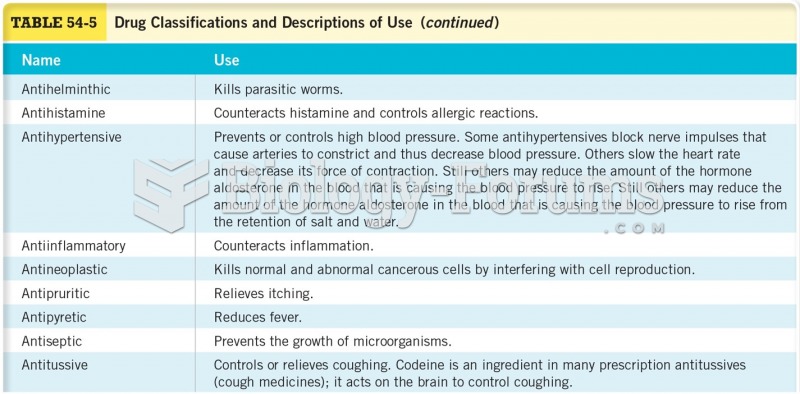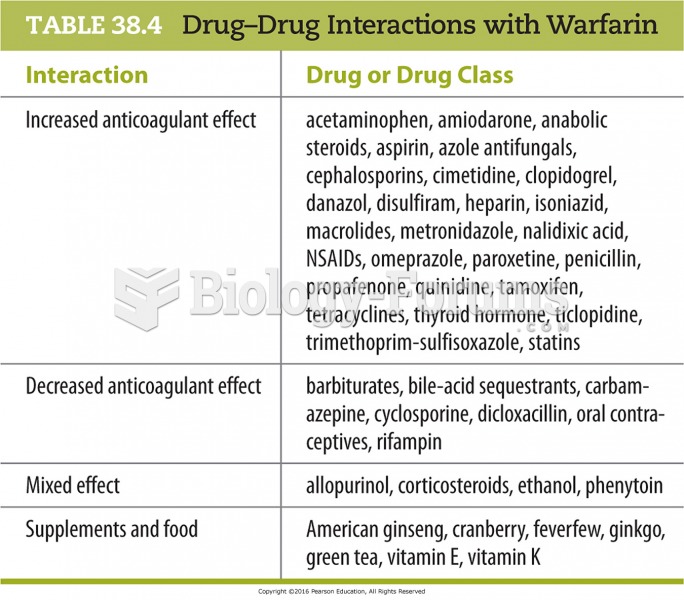Answer to Question 1
The latest comparative study of teenage drug use in Europe found that one in five students (21 percent) had used illicit drugs over their lifetime. This compares with almost two in five American students (36 percent) who have used illicit drugs over their lifetime, based on the same sample and reporting period in the Monitoring the Future (MTF) survey.
Comparisons across European countries of the percentage of students who have ever used illicit drugs are just as striking, ranging from a low of 5 percent in Romania to a high of 46 percent in the Czech Republic.
Carried out by a consortium of agencies, the European School Survey Project on Alcohol and other Drugs (ESPAD) surveyed more than 100,000 10th-grade students in 34 European countries.
Although American students are more likely to use marijuana and other illicit drugs over their lifetime, European students are more likely to smoke cigarettes and use alcohol over their lifetime.
In England, underage drinking (the legal drinking age is 18) and drinking overall has become a national crisis, which has resulted in the government considering a range of new measures, including tougher penalties for drunken behavior and making pubs pay for some of the costs of extra police officers.
In the U.S., 62 percent of students report any alcohol use, while in the Czech Republic and Latvia, the two countries with the highest rate, 97 percent of students report any alcohol use.
Of the 36 countries, the U.S. has the lowest rate of teenage alcohol use; Iceland was second lowest at 66 percent.
Past studies of teenage drug use in Europe, show decreasing rates in more countries (twelve) than countries with increasing rates (six); another 13 countries report a more or less stable situation.
In the U.S., the rate of teenage drug use shows declines from the recent peak years of 1996 and 1997 .
Answer to Question 2
d







